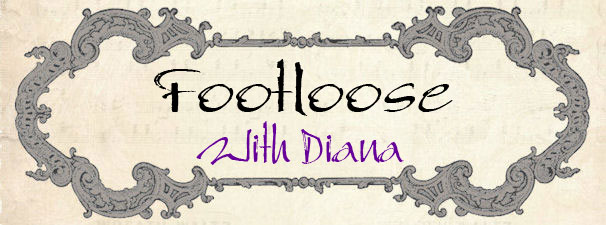The seal-shaped entrance gate to the Cape Cross seal colony, one of the largest colonies of Cape Fur Seals in the world.

Over 200,000 of them generate the strong smell of urea


Mother and one of last season's pups enjoy a little snuggle time, which will be short, because it was just about time for the new generation of pups to be born....

...and for the dominant male to get busy breeding next year's crop

The original 1486 Cape Cross, planted by Portuguese seafarer and explorer, Diego Câo, is represented now by two crosses, one a concrete replica and another carved from Namibian dolerite.

 Over 200,000 of them generate the strong smell of urea
Over 200,000 of them generate the strong smell of urea
 Mother and one of last season's pups enjoy a little snuggle time, which will be short, because it was just about time for the new generation of pups to be born....
Mother and one of last season's pups enjoy a little snuggle time, which will be short, because it was just about time for the new generation of pups to be born.... ...and for the dominant male to get busy breeding next year's crop
...and for the dominant male to get busy breeding next year's crop The original 1486 Cape Cross, planted by Portuguese seafarer and explorer, Diego Câo, is represented now by two crosses, one a concrete replica and another carved from Namibian dolerite.
The original 1486 Cape Cross, planted by Portuguese seafarer and explorer, Diego Câo, is represented now by two crosses, one a concrete replica and another carved from Namibian dolerite.


No comments:
Post a Comment